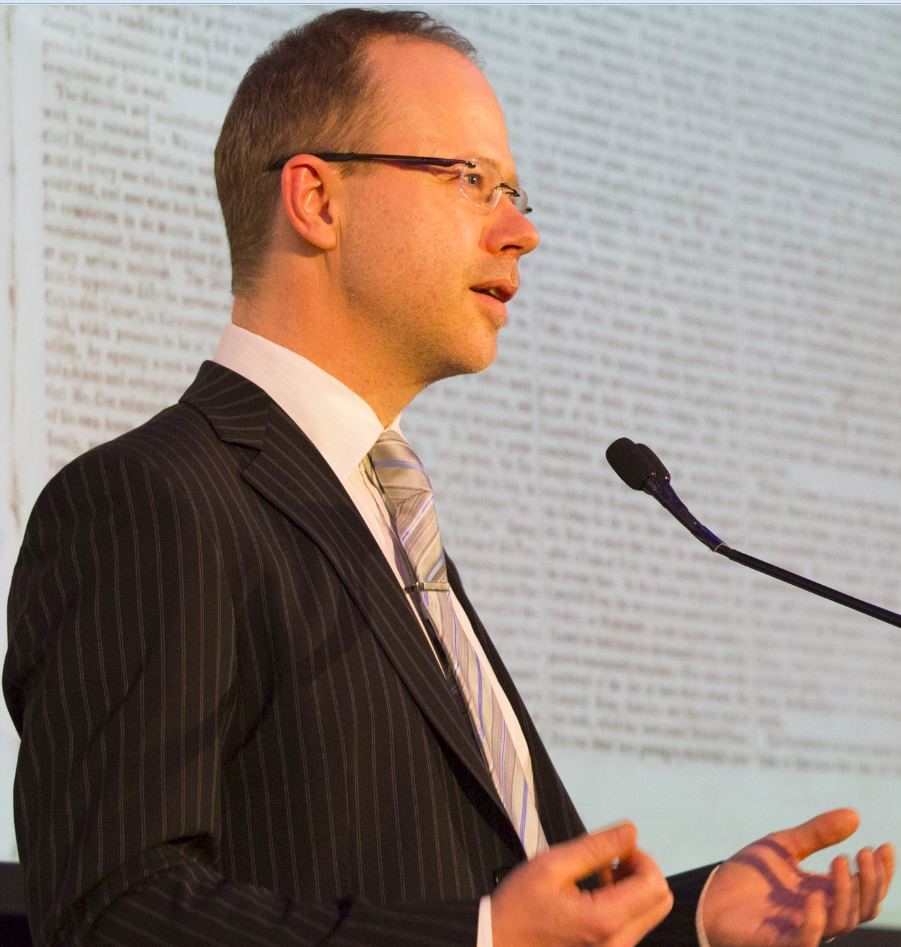The Archives
-
Cultural Studies, Historical Studies, Humanities, Life Writing
Trauma Online
25.03.09 | Permalink | Comments Off on Trauma OnlineThis article considers how traditional physical memorials to war and other catastrophic events differ from online memorials in the Web 2.0 environment and it asks what the benefits and drawbacks of each may be. There has always been an awkward fit between the public statements embodied in monuments to those who died in war and the personal stories told by individuals who returned. This disjuncture serves to demonstrate that the two ways of remembering traumatic events—the collective and the individual—have traditionally been poles apart and often contradictory. Gradually, over the past two decades, with the increasing influence of critical theories that have questioned national and other dominating discourses—and also with growing interest within the field of clinical psychology in what is now labeled post-traumatic stress disorder—there has been an increasing interest in the vast underlayer of personal stories that national narratives have shut out or silenced.
-
Communication and Media Studies, Cultural Studies, e-Research, Life Writing
Pixelated Memory
25.05.08 | Permalink | Comments Off on Pixelated MemoryWar memorials are the most familiar and visible means of acknowledging and respecting the trauma of large scale, violent conflict. In practically every town in Australia, however small, monuments to war are found. These are haunting, poignant reminders of the brutality of war and the fragility of life. And yet, their reassuring solidity and prominence shields us from the reality of lost lives and suffering by casting war in terms of abstract and stylised notions of heroism, loyalty, sacrifice and glory. While it is usual for the names of the dead to be listed on these monuments, their individual suffering is blended, ritualised and distanced in a symbolic and generalised tribute. It is not surprising then that there has always been an awkward fit between the public statements made by these monuments and the personal stories told by individuals who returned.






